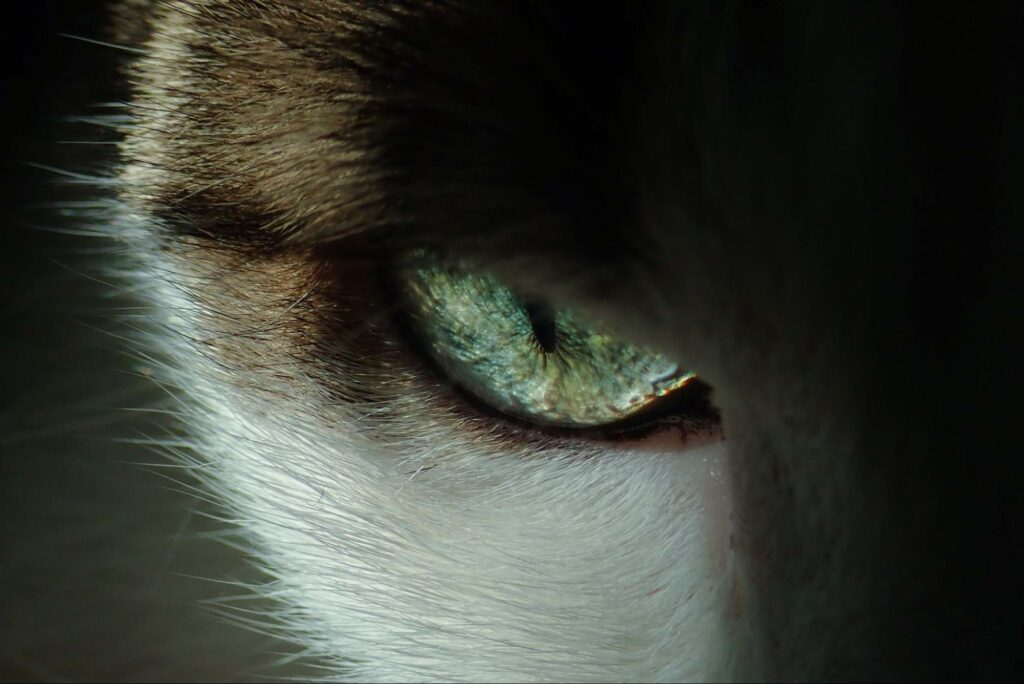
Is a Fox Closer to a Cat or a Dog
Ever found yourself wondering, “Is a fox closer to a cat or a dog?” Well, I’ve asked myself the same question too. The animal kingdom is fascinatingly complex, and it’s not always clear where certain species fit in the grand scheme of things. In this case, we’re diving into the world of foxes – those elusive creatures with their bushy tails and sharp eyes that seem to exhibit traits from both felines and canines.
A cursory glance might lead you to think they’re more like dogs; after all, foxes belong to the Canidae family, which includes domestic dogs. However, observe them closely and you’ll notice behaviors reminiscent of cats. From their vertical pupils to their solitary hunting techniques and even how they play – there are undeniable similarities.
So let’s embark on this intriguing journey together as we explore whether these captivating creatures lean more towards our furry companions at home or their wild canine relatives. Whether you’re an animal enthusiast eager for knowledge or simply curious about nature’s intricacies, join me as we unravel the mystery behind one of nature’s most enigmatic characters: the Fox.
Understanding the Fox Species
Ever looked at a fox and thought, “Is it more like a cat or a dog?” It’s a question that has piqued the curiosity of many. To answer this, let’s first delve into understanding the fox species.
Foxes are part of the Canidae family, which also includes dogs, wolves, and other similar animals. They have certain characteristics common to dogs such as long snouts and bushy tails. However, they exhibit behaviors that are more feline in nature – they’re nocturnal hunters who love climbing trees!
There are about 37 species of foxes around the world with varying shapes and sizes. The smallest being the Fennec Fox weighing just 2 pounds while the largest is Red Fox reaching up to 24 pounds!
- Vulpes vulpes: Also known as Red Fox
- Vulpes zerda: Known as Fennec Fox
Each species possesses distinct traits making them unique yet maintaining some similarities with both cats and dogs.
But what sets them apart? Well for starters, foxes have vertically slit eyes much like cats rather than round pupils like dogs. Additionally their gait is more akin to cats due to partially retractable claws aiding them in stealthy hunting.
It’s clear that while foxes may belong to the Canidae family linking them closer to dogs genetically speaking, they’ve evolved over time adopting features and behaviors strikingly similar to those of cats too. This fascinating blend makes them one-of-a-kind among their canine relatives!
Here’s an interesting tidbit: Did you know Arctic Fox changes its fur color with seasons for camouflage purpose? Now isn’t that something!
In conclusion (without starting my sentence with ‘In conclusion,’), I’d say it’s these intriguing mixtures in behavior and physical attributes between our domesticated pets – cats and dogs – that makes studying about foxes so captivating.

Close Look at Canine Traits in Foxes
Have you ever wondered why foxes are often mistaken for dogs? Well, let’s dive right into this fascinating topic. Although they share some feline characteristics, foxes exhibit numerous traits that align them more closely with the canine family. These include their elongated snouts, upright ears, and bushy tails.
Foxes belong to the canid family, just like wolves and domestic dogs. These creatures have adapted over time to survive in diverse environments all around the world – from deserts to icy tundras. They’ve developed keen senses of hearing and smell that rival those of many dog breeds. In fact:
- A fox’s hearing is so acute it can detect a mouse scurrying under a foot of snow.
- Their sense of smell helps them locate prey even when it’s well-hidden.
These traits aren’t just canine-like; they’re downright doggish!
Now let’s talk about social behavior – another area where foxes mirror our beloved pups rather than cats. Foxes are known for their playful nature – bounding about in fields or engaging in play fights with siblings. This exuberant behavior is strikingly similar to what we see in dogs but is less common among cats.
Moreover, much like dogs (and unlike most cats), foxes tend to form packs – albeit smaller ones – especially during mating season or when raising young ones.
To wrap up this section, here are some quick facts that highlight the dog-like features of foxes:
- Fox cubs “bark” at each other as part of their play.
- Most species of fox display territorial behavior similar to that seen in wolves.
- Fox tracks resemble those left by small breed dogs.
So next time someone asks you ‘Is a Fox Closer to a Cat or a Dog?’, remember these similarities we’ve discussed here!










